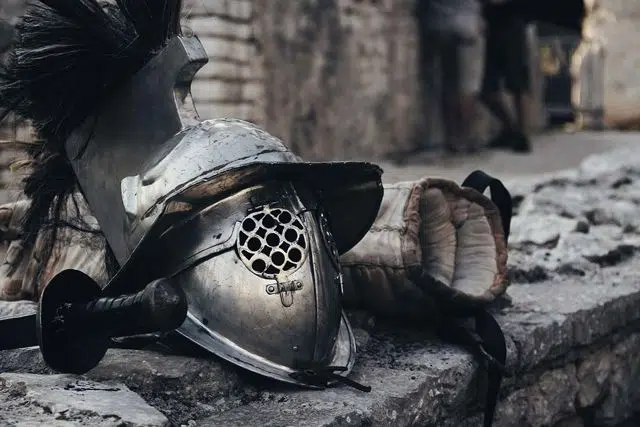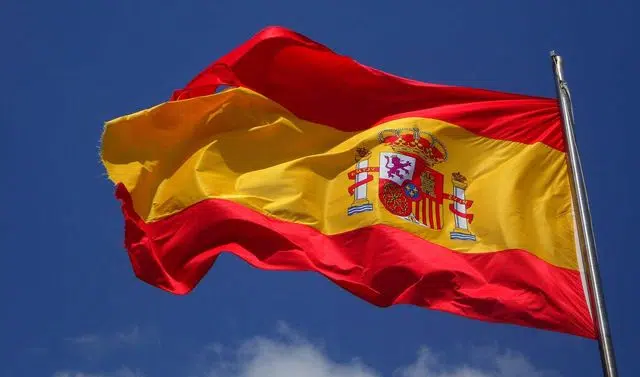
In ancient times, armies wore the heraldic symbol on their armor.
Heraldry is the art or science of blazoning : the description of coats of arms . A coat of arms , meanwhile, is an emblem through which a family or a State is represented.
Law, art and history
Heraldry can be said to combine elements of law , art and history . It emerged in the Middle Ages and managed to position itself as an identification mechanism in times of feudal societies. Its code, over the years, began to facilitate the recognition of territories and various groups (such as guilds).
The origin of heraldry is linked to the armor used by knights in the 11th and 12th centuries . To protect themselves, these men wore helmets that covered their heads and their faces, making it impossible for them to be identified. Thus, with the aim of making themselves known in competitions and battles, knights began to draw figures on their shields .
Heraldry, in short, is made up of signs and is constituted as a communication system . Everything in the coat of arms communicates, from the field to its partitions , through its colors and its exterior ornamentations.
Your studio
The characteristics of each coat of arms depend on the person who decided to create it. In any case, there are guidelines that must be respected to guarantee proper identification, such as ease of reading . Once the coat of arms is established, it can be modified based on inheritances , alliances and other reasons.
There are numerous entities dedicated to the study and dissemination of heraldry. Among them are the College of Arms in London and the Institució Catalana de Genealogia i Heràldica ( ICGenHer ) in Barcelona .
Heraldic achievement
The coat of arms and a series of exterior ornaments, such as the motto, the supports, the bell and the war cry, are known by the name of heraldic achievement . The most complex ones, especially those from Scotland and England, usually display the complete shield under a pavilion, a canopy or a tent. It should be noted that although by coat of arms we understand the coat of arms itself, this term is usually used to talk about the complete achievement. In fact, the shield is the fundamental component, and the only one that appears in the origins of heraldry.
When observing a coat of arms, we find several elements of great importance, such as the heraldic partition (the most significant elements appear: the barracks, the composite weapons and the geometric attribute), the field (it is the space contained within the shield. It is divided in regions and elements such as enamels, field and sown composition), heraldic figures (it is an ornament that represents the values of the lineage and is placed on the shield; the dragons symbolize safe custody, the wolf symbolizes belligerent and bloodthirsty attitude, the dolphin symbolizes sovereignty over water and the fidelity of the vassals), the heraldic pieces (they allow us to know the nobility and honorability of their bearers.
They are divided into geometric shapes following the rules of heraldry) and the heraldic furniture (it is the only symbolic element of the shield; while the others are representative and identifying, the furniture provides color and a certain abstract character to the blazon. Symbols representative of the region, such as silhouettes of animals or plants that are reflected within the field, on the pieces or even on other figures).

The Spanish coat of arms incorporates symbols from each of its regions.
In addition to the shield there are two other very important elements of heraldic achievement: the war cry and the motto . The rallying cry is a word or short phrase used to encourage followers to join the fight. A phrase that unites them. The motto is a phrase that reflects the motivation of the entity that the shield represents.
It is important to note in conclusion that the coat of arms is one of the national symbols . In each country the heraldic achievement brings together representative elements of each of the regions that make up the homeland . For example, the Spanish coat of arms is made up of various representative elements of each of the provinces that make up the national territory.
